
n association with Dewar’s—the Official Scotch Whisky of the U.S. Open—we invite you to explore our special tournament guide. You’ll find everything from local travel tips and an inside look at the legendary LACC to a perfect-for-L.A. Dewar’s cocktail and a limited-edition bottling that commemorates both the tournament and its Golden host state. However and wherever you take in the action, expect a fascinating scene as golf’s greatest stars gather at LACC for the 123rd U.S. Open.
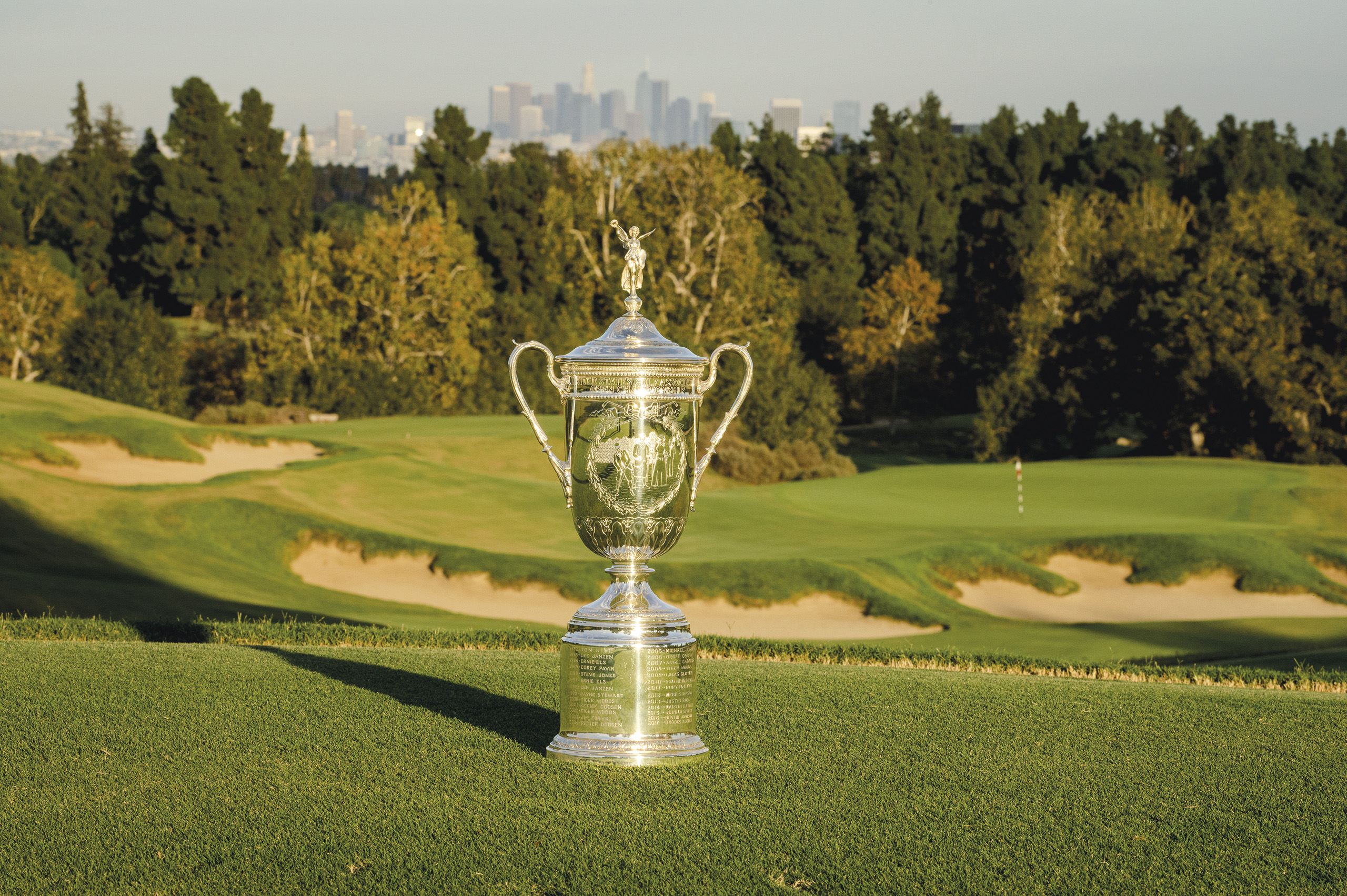
In a metropolis the size of Los Angeles, a little local knowledge can go a long way.
From a custom Lemon Wedge to an honorary limited-edition Scotch, Dewar’s is saluting the 2023 U.S. Open—and the city of L.A.—in style.
LACC brings an impressive architectural pedigree and century-long history to its majors debut.
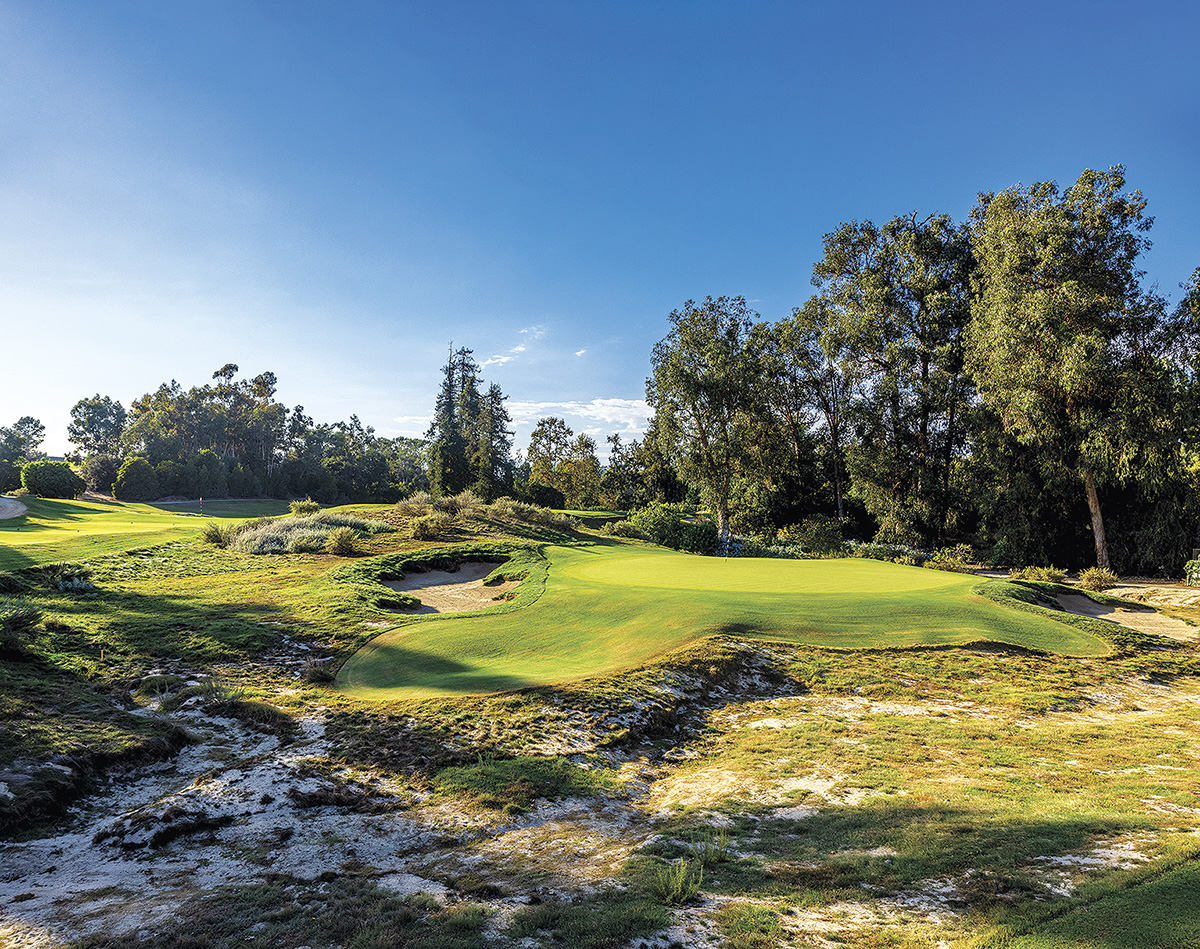
Major championship golf makes a long overdue return to the Los Angeles area after a gap of 28 years, since the PGA Championship was held at Riviera in Pacific Palisades. The U.S. Open’s only previous appearance in the City of Angels was back in 1948, also at Riviera, when Ben Hogan lifted the trophy for the first time. Now it’s the turn of Los Angeles Country Club, which has never previously hosted a major, to welcome the 123rd version of the USGA’s flagship tournament. Primed and ready for the spotlight, the historic course—and the always happening city of L.A.—sets the ideal stage for what promises to be an action-packed four-day extravaganza.
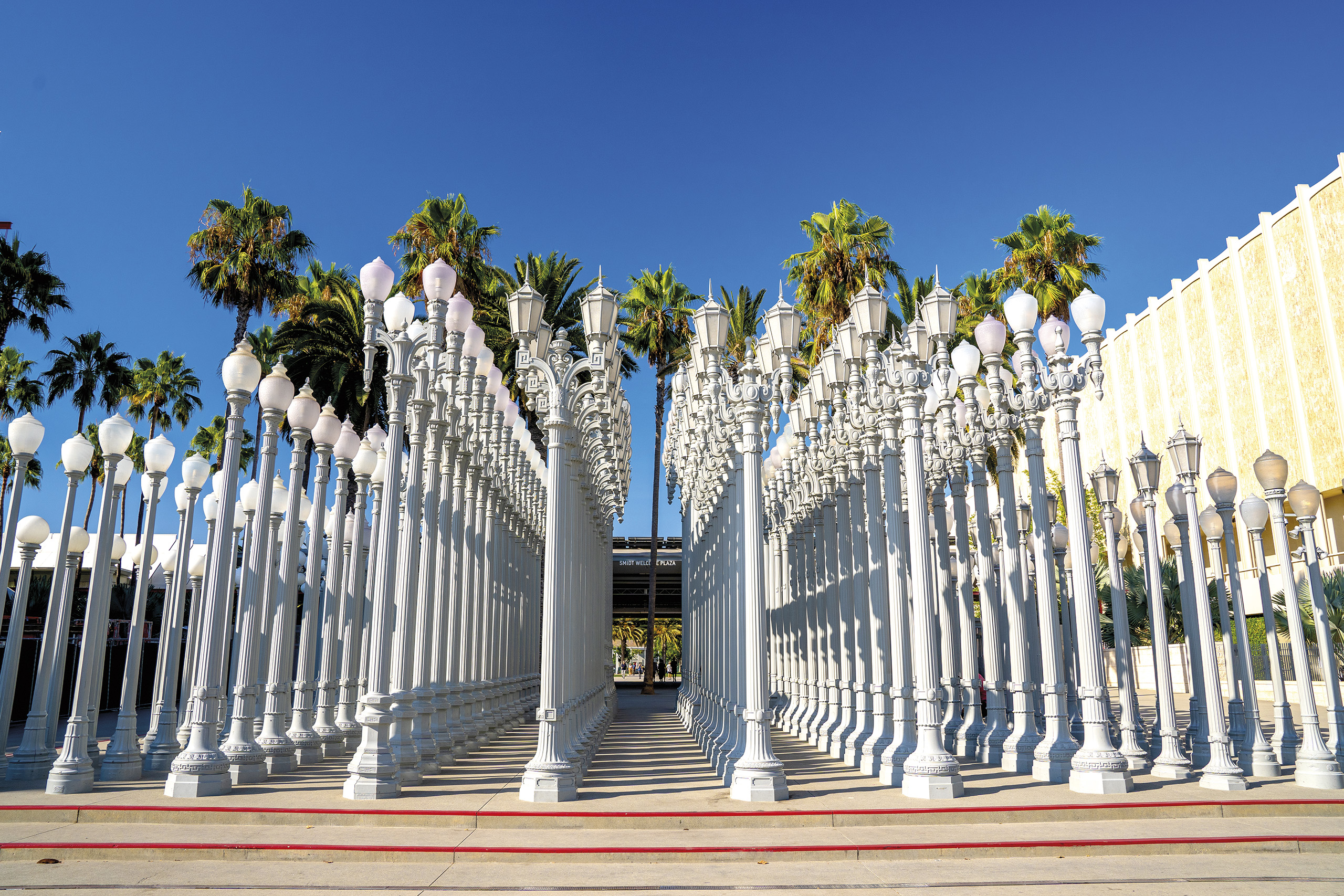
———-
If you’re coming to L.A. for the U.S. Open, be sure to avail yourself of LACC’s spectacular location at the juncture of Beverly Hills, Westwood and Century City. Following are a few suggestions for a quick but well-rounded swing through the City of Angels.
Already an L.A. institution, the not-yet-two-year-old Academy Museum of Motion Pictures spans three floors dedicated to the magic of filmmaking: iconic memorabilia (Dorothy’s ruby slippers, the Rosebud sled from Citizen Kane, Bruce the shark from Jaws, an H.R. Giger–designed Alien creature head); early audition reels (Jon Voight’s screen test for Midnight Cowboy, Hilary Swank’s for Boys Don’t Cry); and special exhibitions honoring legendary films and filmmakers. Be sure to visit Chris Burden’s majestic Urban Light sculpture next door at the Los Angeles County Museum of Art, the largest art institution in the western U.S. One door down from LACMA on the Miracle Mile, explore Ice Age bones at La Brea Tar Pits & Museum, an active excavation site where scientists are still finding fossils of animals and plants that were trapped in sticky asphalt between 11,000 to 50,000 years ago, when mammoths and saber-toothed tigers roamed L.A.
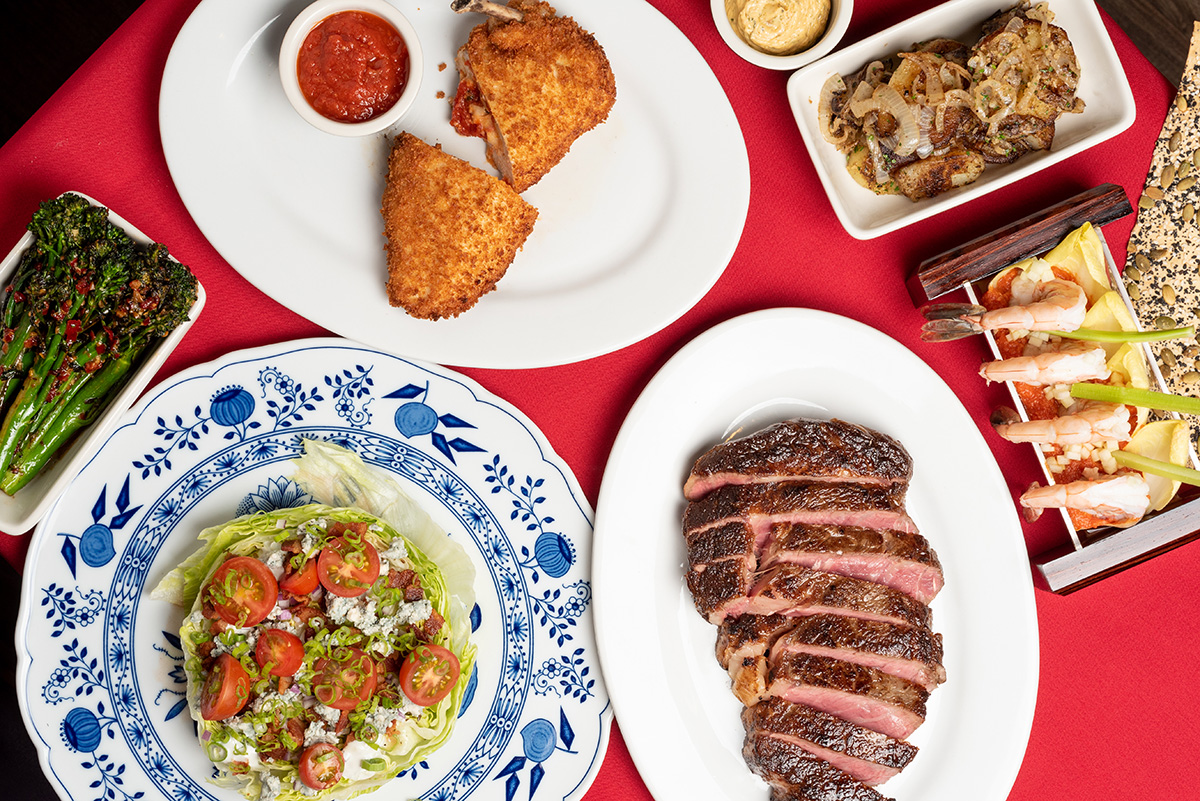
In the 1960s, Frank Sinatra convinced his actor-turned-chef pal Johnny Harlowe to open a clubby Culver City steakhouse and cocktail bar so that he’d always have a place to hang out near the major film studios. The Rat Pack vibe still animates Dear John’s, thanks to a 2019 update from hospitality veteran Patti Röckenwagner, her husband chef, Hans Röckenwagner, and co-chef Josiah Citrin. Sinatra would have loved the tableside Caesar salad and chicken parm; current celebs (we hear you, Jamie Lee Curtis) swoon over the Bougie Tots—tater tots topped with caviar and crème fraiche. In neighboring Palms, chef Niki Nakayama’s n/naka sets the standard for California kaiseki cuisine. Meanwhile, the new Barcelona import Telefèric is turning heads in Brentwood with its pintxos and paellas. Back in Beverly Hills, grab lunch at Jean-Georges Vongerichten’s Rooftop by JG at the Waldorf Astoria Beverly Hills, where you’ll have views over LACC to the Santa Monica Mountains and Pacific beyond.
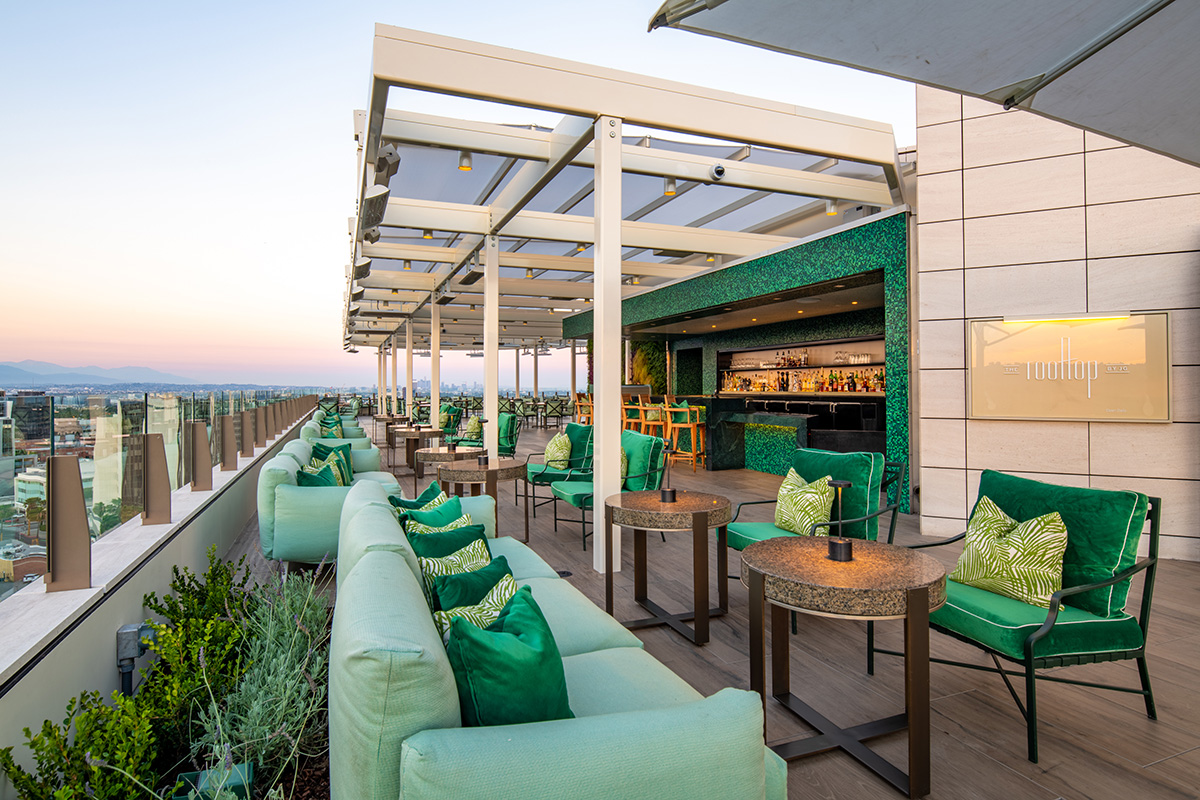
The Waldorf Astoria’s location—across the street from LACC and next door to the famed Beverly Hilton—makes it the ideal choice for U.S. Open fans. Sealing the deal are the hotel’s polished Beverly Hills glamor, La Prairie Spa and terrace-lined suites with views all over L.A. On the Westwood side of the golf club, the W Los Angeles is the preferred L.A. address for two of the last three U.S. presidents. If oceanfront is more your style, settle in at Shutters on the Beach in Santa Monica, where you can spend a classic Southern California day surfing out front, strolling to the nearby pier or biking along the boardwalk.
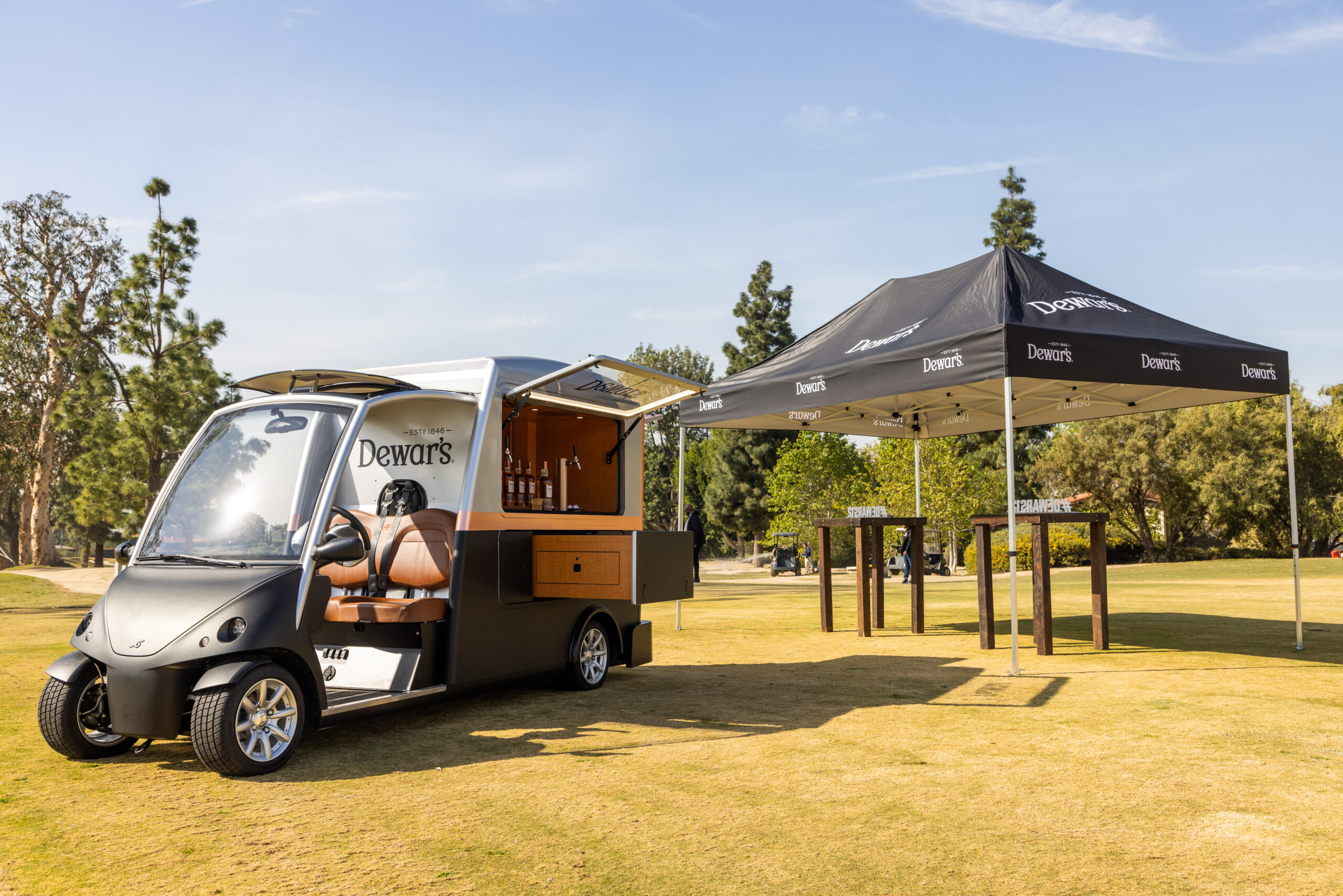
———-
Dewar’s is the Official Scotch Whisky of the U.S. Open, and it’s pulling out all the stops for this year’s event in the City of Angels.
First up is the limited-edition Dewar’s 19 Year Old Champions Edition, created to commemorate the tournament and the Golden State. Cultivated by Dewar’s award-winning master blender, Stephanie Macleod, this year’s Champions Edition has been extra-matured in hand-selected red-wine casks from California’s Napa Valley. The result is a complex, layered and smooth-sipping spirit with hints of red berries and black cherries, resolving into a rich and fruity finish and a lasting note of nutmeg.
For those who prefer their Dewar’s in a cocktail, the Dewar’s Lemon Wedge is returning for the second year as the Official Cocktail of the U.S. Open. The perfect-for-summer sipper—1.5 oz. Dewar’s 12 Year Old, 3 oz. club soda and 2 oz. lemonade served over ice and garnished with a lemon wedge and golf-tee pick—will be the drink of choice for spectators at LACC. It’s also being featured at a number of L.A.-area restaurants, hotels and bars over the tournament dates.
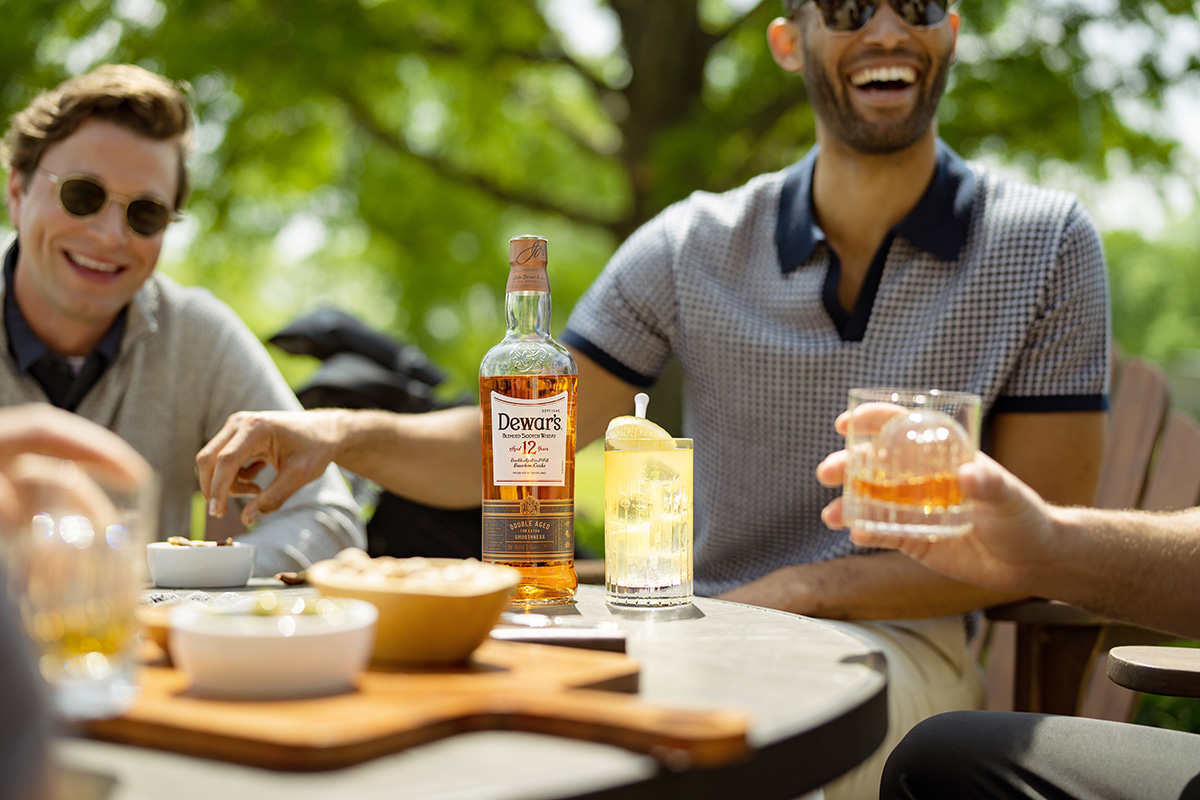
Dewar’s is also taking part in the U.S. Open Showcase at the Westfield Century City mall from June 15–18. The pop-up fan experience includes the Dewar’s Golf Cart serving the award-winning Dewar’s 12 Year Old and Dewar’s Lemon Wedges from 6–9 p.m. each day, as well as a golf-simulator contest for fans 21 and up. Daily winners in the closest-to-the-pin category receive Dewar’s golf bags and balls as prizes.
Bottom line: Wherever you are in L.A., you’re sure to find golf, Dewar’s and good fun!
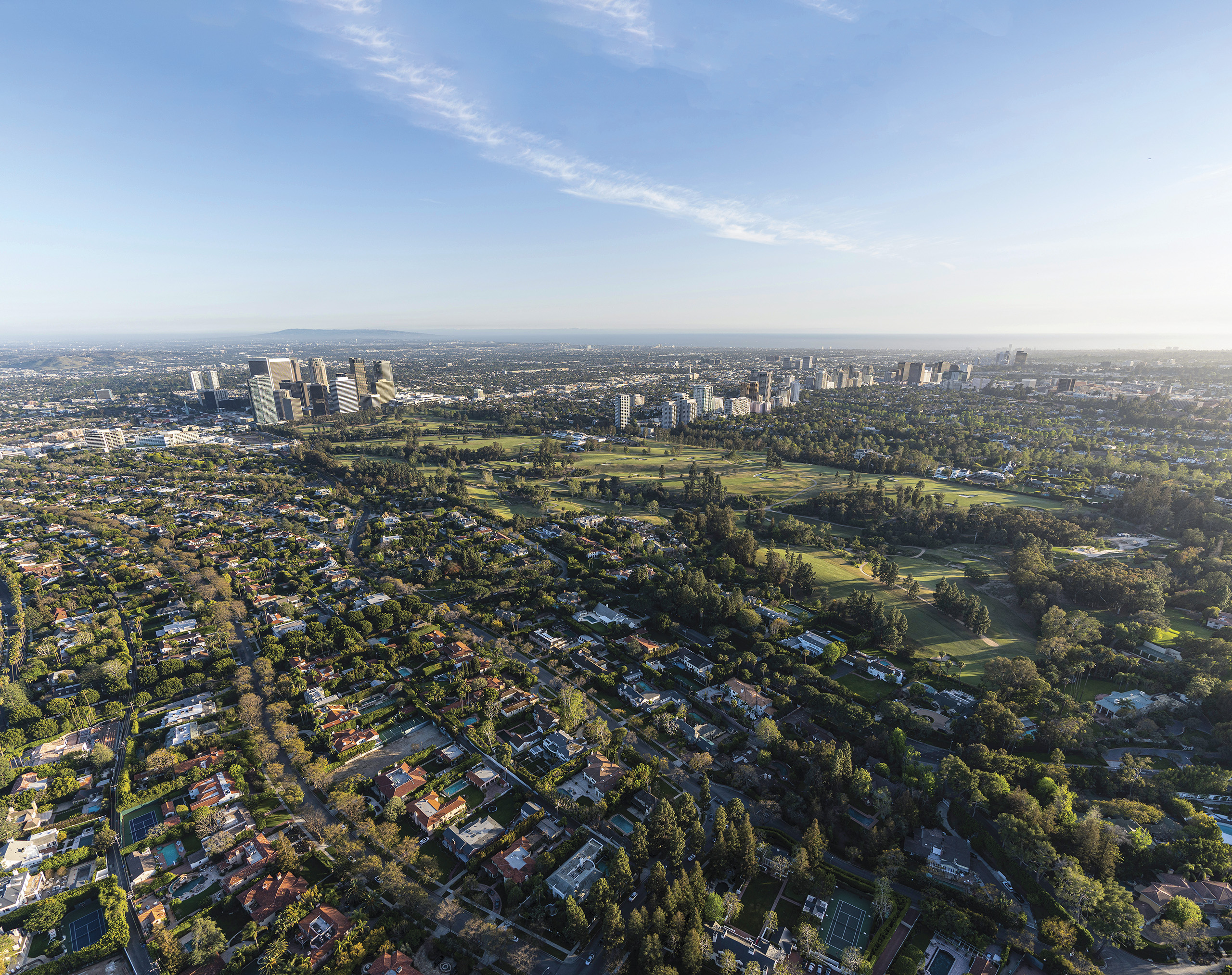
———-
On the morning of June 15, the opening tee shots of the 123rd U.S. Open will take flight on the North Course at Los Angeles Country Club (LACC), marking the first time since 1948 that the Southern California metropolis has hosted America’s original major championship. The buzz around the 2023 Open, however, is not just about its star-powered setting or field; it’s also about the course on which the tournament will be contested, a Golden Age classic that, at least until now, has largely avoided the spotlight.
“For [golf] architecture fans—and for traditional golf fans—this is probably the most anticipated U.S. Open in a long time,” says course architect Gil Hanse, who led the North Course’s restoration more than a decade ago. “Nobody’s ever seen this course on the national stage.”
Hanse and his partner, Jim Wagner, along with golf historian and author Geoff Shackelford, spent five years planning and executing a comprehensive revitalization of the North Course, which reopened for play in 2010. The course and club’s roots can be traced back to 1897, when the Los Angeles Golf Club formed to embrace a sporting activity that, although not new, was very much a novelty on the West Coast. After quickly outgrowing two locations, the club relocated to its current Beverly Hills location in 1911. A decade later, British course architect W. Herbert Fowler built two 18-hole courses at the club, with American architect George C. Thomas Jr. in a supporting role. The two tracks, North and South, have served as LACC’s foundation during the 100 years since, although much of Fowler’s original designs didn’t survive the decade.
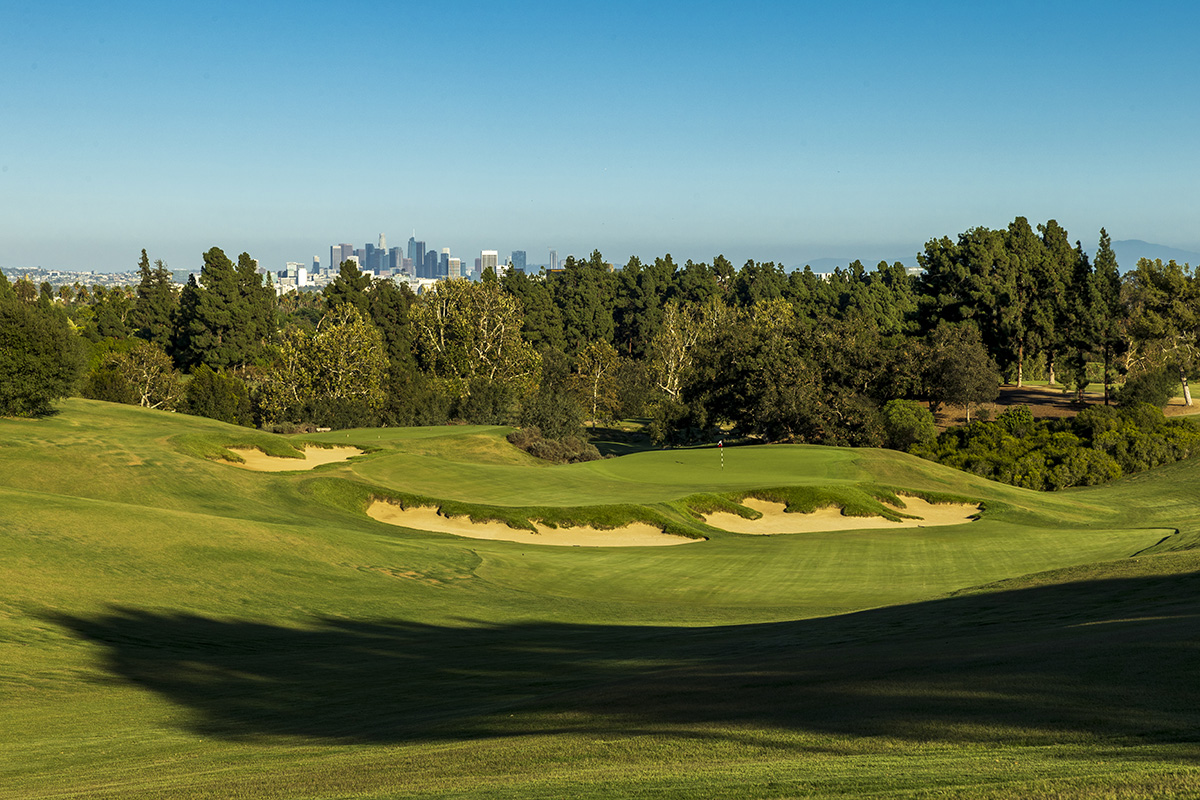
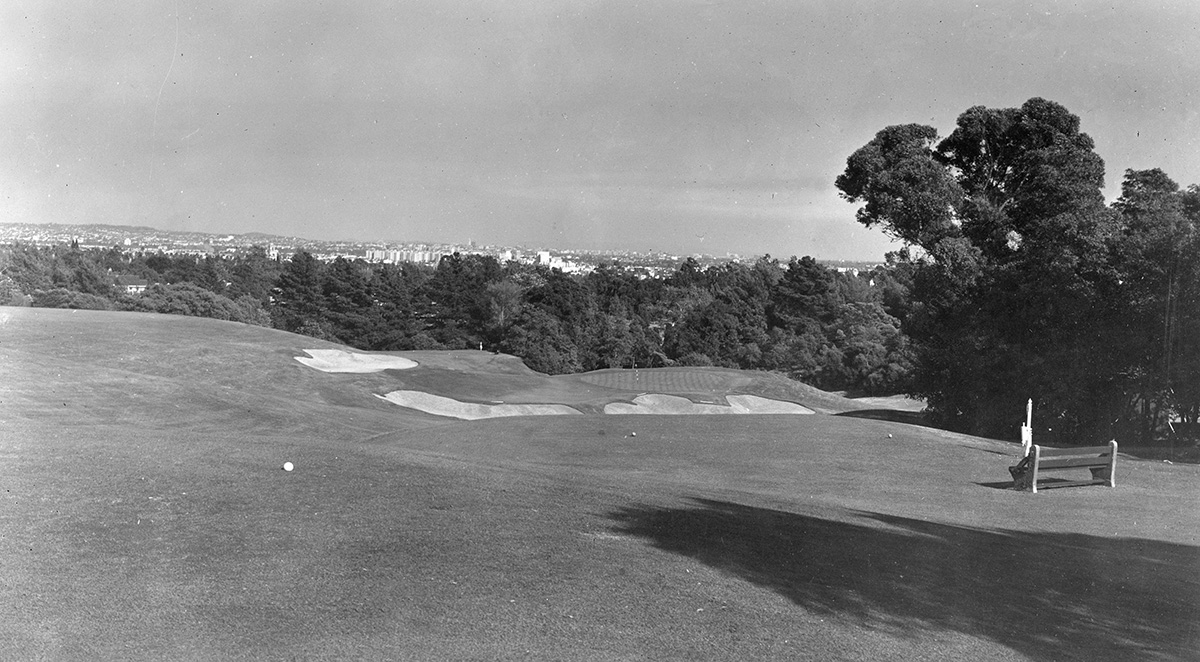
Los Angeles’ population more than doubled during the 1920s, and LACC’s members decided the club needed a more dynamic course, something that reflected the energy of the nascent city. So just a few years after it opened, the North Course was slated for a redesign by Thomas, who had since formed a partnership with William Bell. The duo had recently completed courses at the nearby Bel-Air and Riviera country clubs, and the “Captain,” as Thomas was known—a nod to his tour of duty as a World War I pilot—declared that their new North Course would “surpass Ojai, Riviera or any other of my former courses.”
“I think what Thomas realized is through the implementation of Fowler’s design there were opportunities missed,” Hanse says. “From what we could ascertain, there was a sense of naturalness that was missing from the Fowler course. It was much more rudimentary, with oval bunkers and squared greens—very much the sort of traditional British approach to golf architecture, and not nearly as much of the natural approach that Thomas and certainly [Alister] MacKenzie championed.”
Like MacKenzie, Thomas developed a signature bunker style, one that featured finger-like extensions that protruded out from the sand trap’s center. Additionally, the Captain’s bunkers were often rimmed by shaggy fescue grasses, which created a more organic, natural look. “Our bunker style evolved out of our study of Thomas,” Hanse says. “We got better at bunker building after we did LACC.”
When it came time to restore the course’s green complexes, Hanse, Wagner and Shackelford relied mostly on archival photos and written documents, making educated guesses where necessary. In two instances—on the second and sixth holes—they uncovered the remnants of Thomas’s original greens buried under about eight feet of topsoil. The discoveries were remnants of a 1960s renovation that relocated the greens—and simply covered the old ones with loads of dirt. “To have those greens preserved like they were in amber, it was mind-boggling to see,” Hanse says, noting that faint rings delineating the last-used hole locations on those greens could be detected. “We feel like we’ve replicated the second and sixth greens with a high degree of specificity because we found them.”
Where possible, Hanse also stayed true to Thomas’s use of topography, which he says the designer understood could be an even greater defense against low scores than traditional hazards. “He figured a firm and hard golf course with all the tilted slopes and rolls…if you hit it on the wrong side of the fairway, the ground was going to take it in a direction you didn’t want to go,” Hanse says.
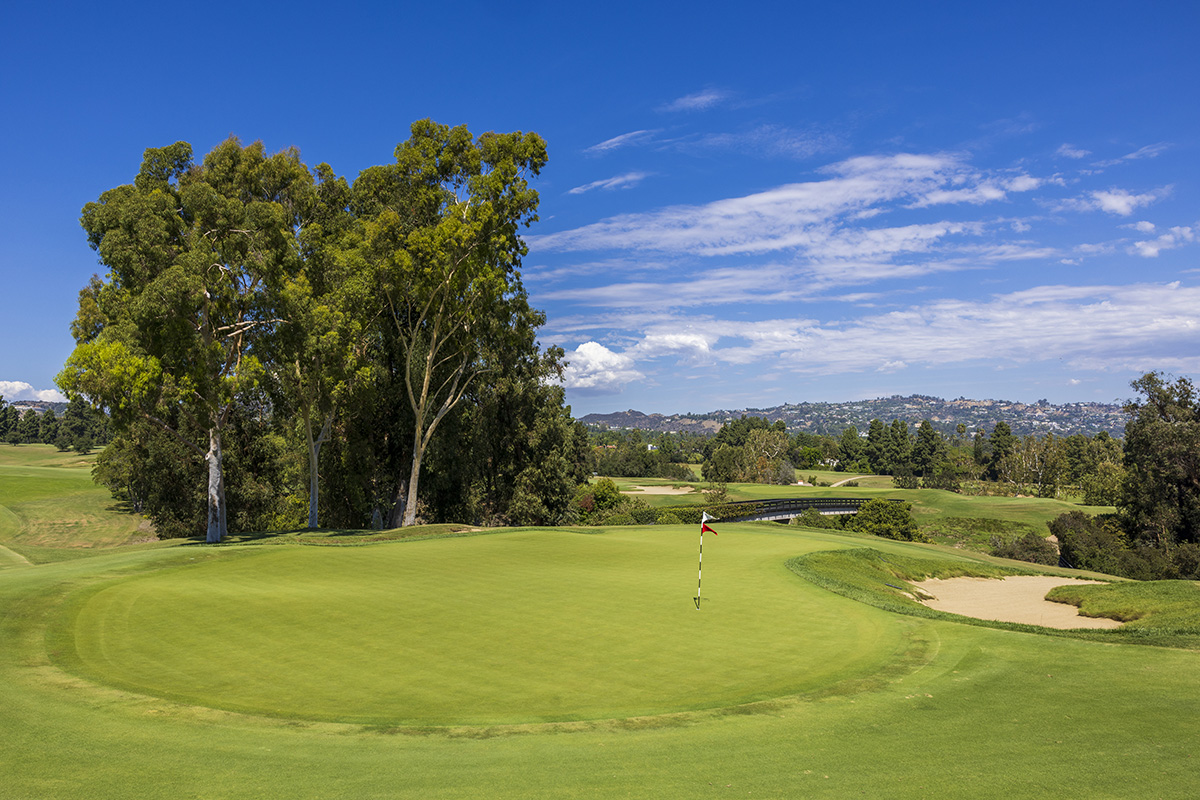
To keep those challenging contours in play for the world’s best golfers, Hanse and Wagner moved tee boxes back where they could. (In total, they lengthened the course by about 250 yards.) But on holes where additional length could not be introduced, they repositioned fairway bunkers farther away from the tee boxes or extended natural barrancas.
When Thomas redesigned the course in 1927, he created wide fairways to account for the fact that balls were likely to bounce and roll significantly across the firm terrain. According to Hanse, the USGA plans to preserve many of those corridors when setting up the course for the U.S. Open. “By and large,” he says, “these fairways are going to be significantly wider than average U.S. Open fairways, which means angles are going to be important. If you have a 27-yard-wide fairway, guys aren’t trying to get to the left side or the right side; they’re just trying to get into the fairway. But here, we’re talking about 35- or 40-yard-wide fairways in a lot of instances, so guys are really going to try to play for different angles based on hole locations. That’s going to make for a really compelling test.”
An all-star lineup of the world’s top golfers will be ready to take that test come June 15 in Los Angeles. It is the course on which they converge, however, that might shine the brightest at the 123rd U.S. Open.

Follow Us On


| Cookie | Duration | Description |
|---|---|---|
| cookielawinfo-checkbox-analytics | 11 months | This cookie is set by GDPR Cookie Consent plugin. The cookie is used to store the user consent for the cookies in the category "Analytics". |
| cookielawinfo-checkbox-functional | 11 months | The cookie is set by GDPR cookie consent to record the user consent for the cookies in the category "Functional". |
| cookielawinfo-checkbox-necessary | 11 months | This cookie is set by GDPR Cookie Consent plugin. The cookies is used to store the user consent for the cookies in the category "Necessary". |
| cookielawinfo-checkbox-others | 11 months | This cookie is set by GDPR Cookie Consent plugin. The cookie is used to store the user consent for the cookies in the category "Other. |
| cookielawinfo-checkbox-performance | 11 months | This cookie is set by GDPR Cookie Consent plugin. The cookie is used to store the user consent for the cookies in the category "Performance". |
| viewed_cookie_policy | 11 months | The cookie is set by the GDPR Cookie Consent plugin and is used to store whether or not user has consented to the use of cookies. It does not store any personal data. |